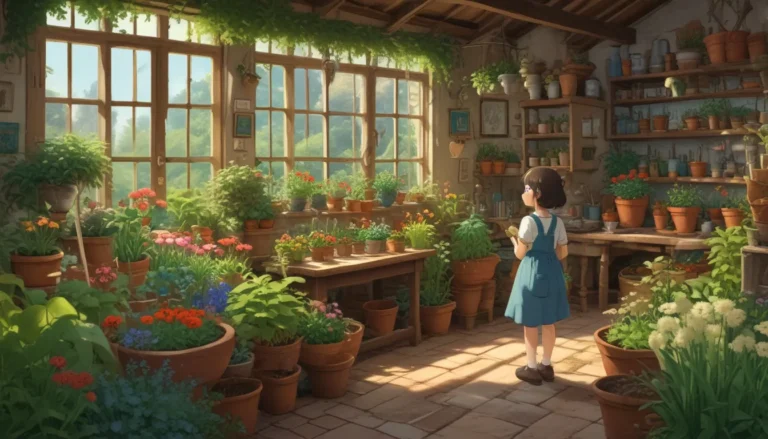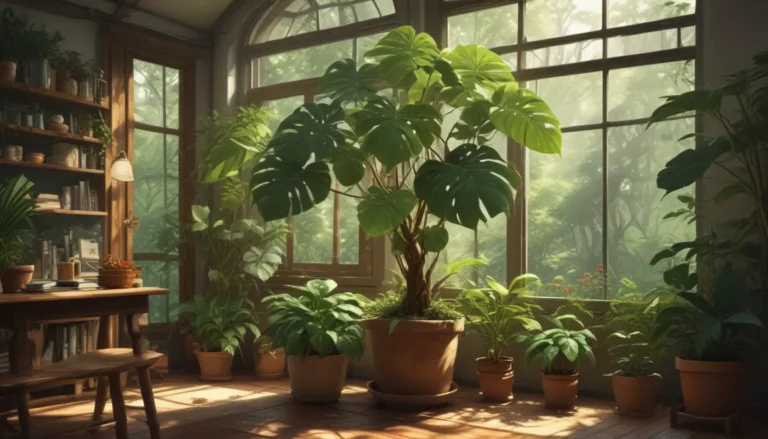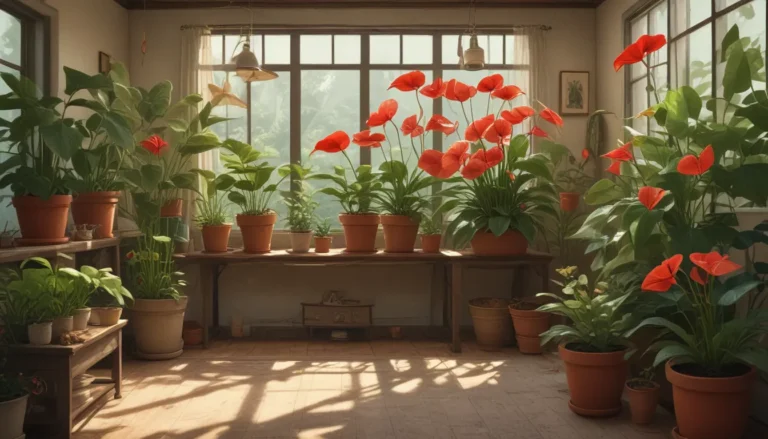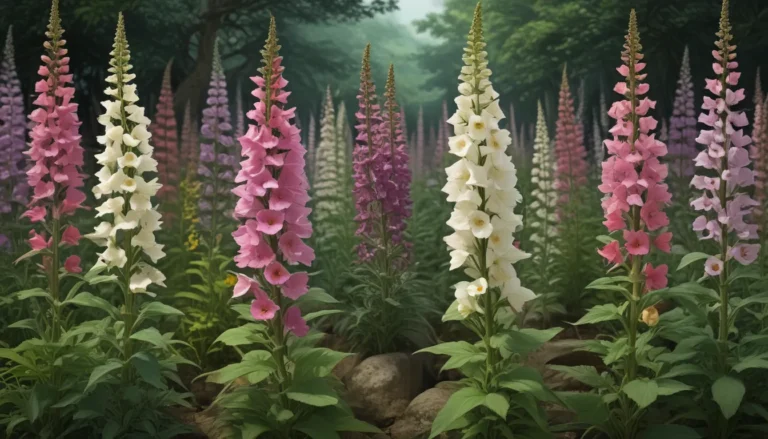How to Identify and Manage 11 Common Hosta Pests: A Comprehensive Guide
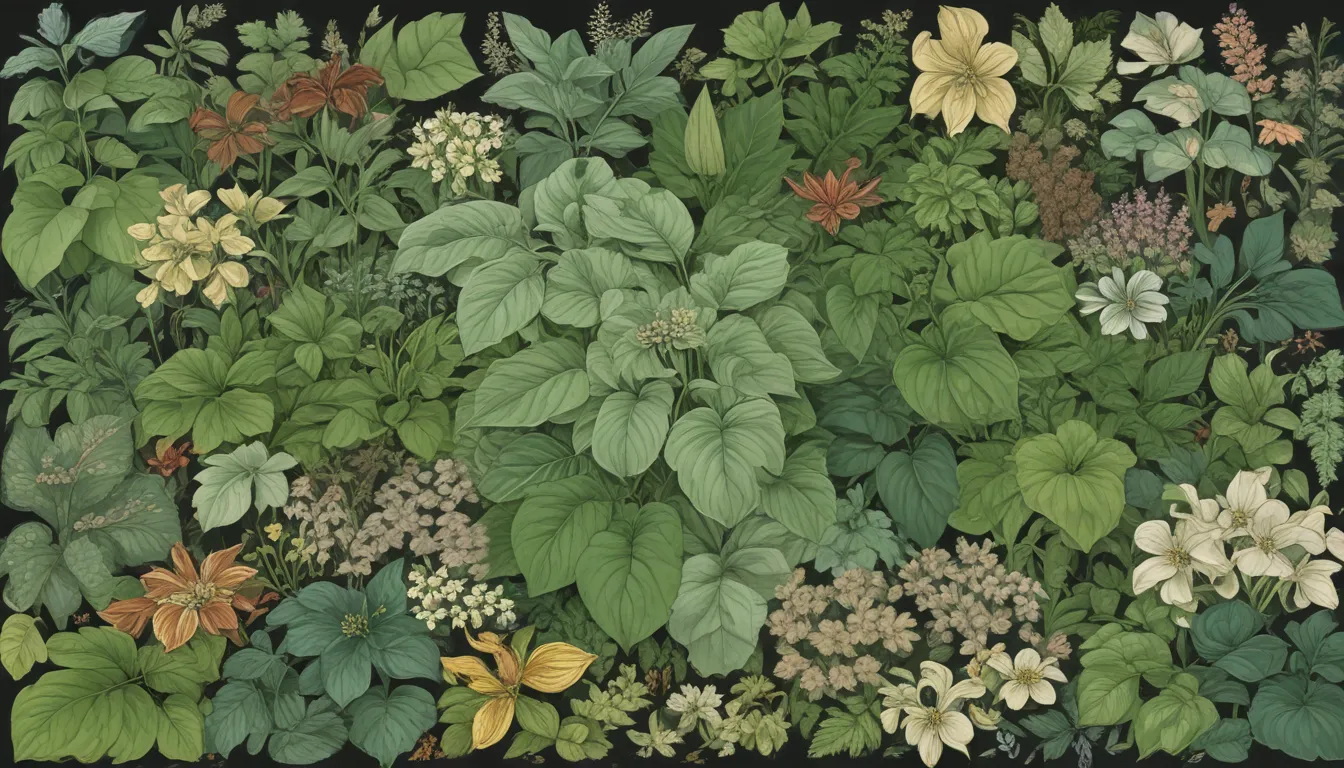
Are you a gardening enthusiast who loves the ease and beauty that hostas bring to your landscape? If so, you’re not alone. These reliable and sturdy plants can truly brighten up any garden without demanding too much attention from you. However, various pests can sometimes disrupt the tranquility of caring for hostas by treating them like their personal salad bar.
In this detailed guide, we will explore 11 common and not-so-common pests that might target your hostas. From aphids to voles, we will cover each pest thoroughly, providing you with valuable information on how to identify and manage them effectively.
So, let’s dive into the world of hosta pests and learn how to protect your beloved plants from these pesky intruders.
Why Hostas Are Resilient
One of the many great things about hostas is their resilience. Established hostas can endure significant damage, such as being mowed down completely, and still bounce back with new growth. So, even if you think your hosta is a goner due to pest damage, don’t lose hope. With time and proper care, these plants can often rejuvenate themselves.
By eliminating the root cause of the damage and providing the necessary care, you can help your hostas recover from pest infestations. Remember, most hostas can go a lifetime without facing any major pest problems besides minor slug damage. So, don’t panic if you encounter pests in your garden – with the right strategies, you can manage them effectively.
Let’s begin our pest identification journey with a pest that’s quite a common nuisance for gardeners:
1. Aphids
Aphids are typically not a major concern for hostas unless the plants are under stress from factors like drought or disease. These small insects may cause yellow stippling or discoloration of leaves, but they rarely cause significant damage unless present in large numbers.
If you notice aphids on your hostas, check the undersides of leaves and along the petioles for their presence. To address an aphid infestation, focus on resolving any underlying stress factors that may be affecting your plants. Additionally, you can try gently dislodging the pests with a stream of water or using other pest control methods available in the market.
2. Black Vine Weevils
Black vine weevils are notorious pests that feed on the foliage and roots of various ornamental plants, including hostas. These beetles and their larvae can cause significant damage to hostas by feeding on leaves and weakening the plants.
To combat black vine weevils, you can use insecticides containing pyrethrin or beneficial nematodes to eliminate adult beetles and larvae effectively. These control methods can help protect your hostas from the destructive impact of these pests.
3. Blister Beetles
Blister beetles pose a double threat to your garden, as they can damage plants and harm humans and animals. These voracious feeders can consume a wide range of herbaceous plants, including hostas.
To manage blister beetles, focus on controlling weeds to limit their hiding spots and use pyrethrin-based sprays to deter them from feeding on your plants. Remember to handle blister beetles with caution to avoid skin irritation, and consider using protective gear when dealing with these pests.
4. Cutworms
Cutworms, the larvae of moths, can target hostas and other herbaceous plants with their destructive feeding habits. These pests tend to feed on the lower part of plant petioles, cutting off leaves and causing significant damage.
If you suspect cutworm infestations in your garden, consider implementing strategies such as cleaning up garden beds and applying beneficial nematodes to manage these pests effectively. With proper pest control measures, you can protect your hostas from the damaging effects of cutworms.
5. Deer
Deer are notorious for their love of hostas, often treating these plants as a delectable feast in garden settings. If you reside in an area with deer populations, you may need to take steps to protect your hostas from these hungry visitors.
Effective deer control strategies include installing fencing, using repellents, and setting up motion sprinklers to deter deer from feeding on your hostas. By implementing these preventive measures, you can safeguard your plants from deer damage and enjoy a thriving garden.
6. Grasshoppers
Grasshoppers are familiar garden pests known for their voracious feeding habits. These mobile insects can consume hosta leaves and petioles, causing visible damage to plants.
To address grasshopper infestations, consider using Nolo Bait, a biological control method that targets grasshoppers without harming beneficial insects or other wildlife. By utilizing Nolo Bait strategically in your garden, you can manage grasshopper populations effectively and protect your hostas from their feeding activities.
7. Leafcutter Bees
Leafcutter bees, while usually harmless to hostas, can occasionally create holes in plant leaves as they construct nests. These solitary bees play a crucial role in pollination and are native to North America.
If you observe leaf damage caused by leafcutter bees, appreciate their pollination efforts and allow your hostas to recover naturally. Remember that these bees are beneficial pollinators that contribute to the health of your garden ecosystem.
8. Nematodes
Nematodes, microscopic roundworms, can inflict severe damage on hostas by causing characteristic yellow streaks and leaf discoloration. Once nematodes infest a plant, they can spread rapidly and affect neighboring specimens.
If you suspect nematode infestations in your garden, consider conducting a simple at-home test to confirm their presence. Unfortunately, there are limited options for managing nematodes effectively, and in some cases, it may be necessary to remove and dispose of infested plants to prevent further spread.
9. Rabbits
Rabbits are fond of feeding on hostas, making these plants a prime target for their appetites. If you encounter rabbit damage in your garden, take proactive steps to deter these pests and protect your hostas from further harm.
Strategies for dealing with rabbits include creating physical barriers, using repellents, and implementing habitat modifications to make your garden less inviting to these animals. By combining these approaches, you can safeguard your hostas and maintain a pest-free environment in your garden.
10. Slugs and Snails
Slugs and snails are common perpetrators of leaf damage in hostas, often leaving telltale holes and trails on plant foliage. These gastropods thrive in moist, shady environments, making them a prevalent nuisance for hosta growers.
To manage slug and snail infestations effectively, consider employing various control methods such as barriers, traps, and baits to limit their impact on hostas. By implementing targeted pest control strategies, you can minimize damage to your plants and maintain their health and vigor.
11. Voles
Voles are underground pests that can pose a significant threat to hostas by feeding on plant roots and causing collapse. These rodents tunnel through the soil, targeting hostas and other vegetation along their path.
To deter voles from damaging your hostas, focus on creating an unfavorable environment for these pests by removing potential hiding spots and using repellents strategically. Implementing physical barriers and habitat modifications can help protect your plants from vole-induced damage and promote their long-term health.
Conclusion
In conclusion, identifying and managing common hosta pests is essential for maintaining healthy and thriving plants in your garden. By familiarizing yourself with the characteristics and behaviors of these pests, you can take proactive steps to protect your hostas and minimize the risk of infestations.
Remember to prioritize preventive measures, such as maintaining plant health, implementing pest control strategies, and creating a hostile environment for pests in your garden. By following these guidelines and staying vigilant against potential threats, you can enjoy beautiful, pest-free hostas year-round.
If you’re facing pest challenges in your garden or have specific questions about hosta care, feel free to share your concerns in the comments below. Our community is here to support you and provide valuable insights to help you overcome pest issues and cultivate a thriving garden environment.
The journey of hosta cultivation is full of excitement and challenges, but with the right knowledge and strategies, you can navigate these obstacles successfully and enjoy the beauty of these shade-loving plants in your garden. Stay informed, stay proactive, and watch your hostas flourish in a pest-free paradise!
Disclaimer: This article may contain affiliate links. If you purchase products through these links, we may earn a commission at no additional cost to you. Your support helps us continue to provide valuable content for gardeners like you.
